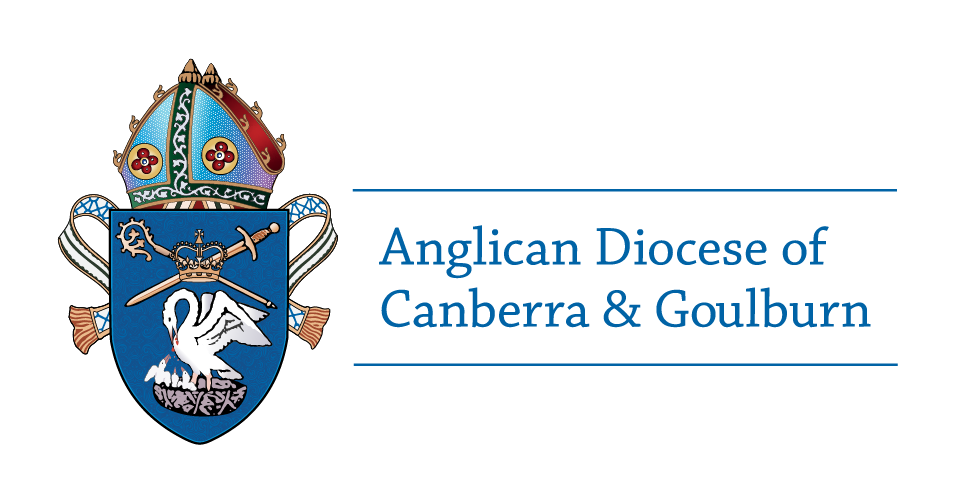The Governance Structure of the Diocese
The Anglican Church, which was the established church in England, came to Australia in 1788 as the chaplaincy to the settlement at Sydney. The subdivision of the Diocese of Australia began with the formation of the Diocese of Tasmania in 1842 followed by Newcastle, Melbourne and Adelaide in 1847. The Diocese of Goulburn separated from Sydney in 1863 and was renamed Canberra and Goulburn in 1950.
A formal constitution for the Church of England in Australia eventually emerged in 1961 and each state parliament adopted the constitution by means of uniform legislation. In New South Wales (and the ACT) the Act is cited as the Anglican Church of Australia Constitution Act 1961.
In 1865 and 1866 the Dioceses of Sydney, Newcastle and Goulburn agreed to certain constitutions for the management and good governance of the church in NSW. These constitutions set up Diocesan and Provincial Synods and are now part of the Anglican Church of Australia Constitutions Act 1902 (NSW). The 1902 Constitutions Act enables the Diocese to make ordinances concerning the order and good government of the church in the Diocese.
The Bishop of the Diocese is elected by the Synod. The Bishop is the President of Synod, Chairperson of Bishop-in-Council and Chairperson of the Property Trust. The Bishop is responsible for: ordination of priests and deacons; confirmation, consecration and investment of bishops; consecration of churches; induction and licensing of clergy; oversight of the clergy and appointment of officers in the Diocese.
Ordinances are legislation enacted by Synod or by Synod’s representative body, Bishop-in-Council. Ordinances normally enter into force once they have been passed by Synod or Bishop-in-Council and assented to by the Bishop. Synod can make ordinances on any topic to do with order and good governance of the Church in the Diocese. Canons of the General Synod of the national Church must be implemented in an ordinance in order to apply to the Diocese.

